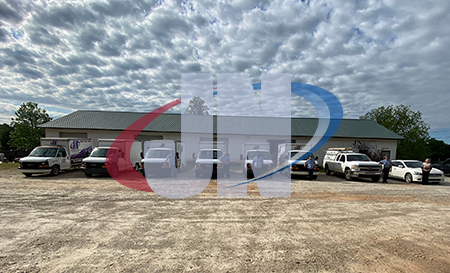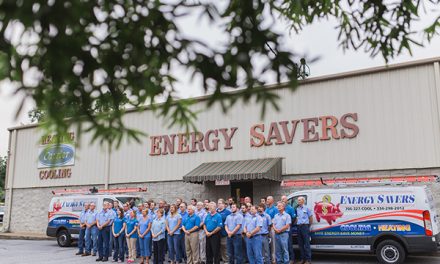Air Upgrades and Duct System Renovations
For JN Electrical, Nikkel says around 98% of their system changeouts have some form of air upgrade or duct renovation involved. However, he points out that they aren’t as far down the High-Performance Path on service and maintenance work yet.
“One thing impacting us is that as we work with our existing customer base (nearly 10,000 of them), we find ourselves replacing equipment we installed back in the 90s. Because we’ve always done duct upgrades and replacements on new installations, we find that we aren’t doing as many among this group. Some systems require further upgrades, but not as many as you’d think.
“Plus, today we’re running around 6,600 hours of maintenance visits,” Nikkel says. “We are finally at a point where we get much better leads and lead turnovers. Again, it’s a process that’s worth continuing to work on.”
He adds that regardless of their processes, as the field techs from JN Electrical talk to customers and make recommendations on duct repairs, they almost always face some initial resistance based on what other contractors have told the customers. He says that if he goes too quickly trying to justify the company’s pricing without showing documentation first, he sees more resistance.
“If I spend more time listening to their problems, then testing and measuring and sharing results, I earn their trust. I am all about earning their trust, so they have confidence in our company.
“When I do that successfully, those customers may still say no one ever told them about static pressure, but they believe it based on the numbers. We then can address their pain points, which sets JN Electrical Temperature Control apart from all the others who came in before us.
“And then they (the customer) wants to get the work done.”
Biggest Change Since 2008
There is no doubt that the most significant change to JN Electrical Temperature Control is from the COVID-19 pandemic. It impacted Nikkel’s company in every way. Yet, he says that the company is at 180% of its pre-pandemic revenues despite many challenges.
He found that the key to that success was teaching his team to focus on customers’ needs and respect their wishes. That meant making some changes to daily service/maintenance calls.

“But we did not stop in-person sales calls unless the customer insisted,” he explains. “We still go into customers’ homes. All our techs carry masks and try to maintain the six-foot distance rule, but attitudes in the rural marketplace are different from elsewhere. We approach life differently than do people in the big cities.
“When we knock on a customer’s door, we ask their preference regarding masking and distancing. It’s their home, and we’re a guest. If they ask us to mask up, we do. But that’s not the norm.”
The pandemic also made it harder for JN Temperature Control to have products and parts readily available for customers to buy. Nikkel says that in his 24 years in business, he’s never seen lag times like the ones he sees today.
“To counter equipment and part shortages,” he says, “We wind up inventorying as much as we can get our hands-on. In other words, we have become mini distributors ourselves, investing three to five times more money and effort just to find product. I hate that, and I am not good at it. And it is expensive for us to do from a tax standpoint.”
Some of the equipment sold and installed by Nikkel’s company has six to eight weeks lag times. From a part standpoint, such lag times can be around 12 to 16 weeks.
He adds that his distributors do the best they can, but they also have issues finding available products. Nikkel says, “Today, I have more inventory than I’ve ever had, which hurts on several levels, especially the inventory tax standpoint.”
Click Below for the Next Page:













Recent Comments